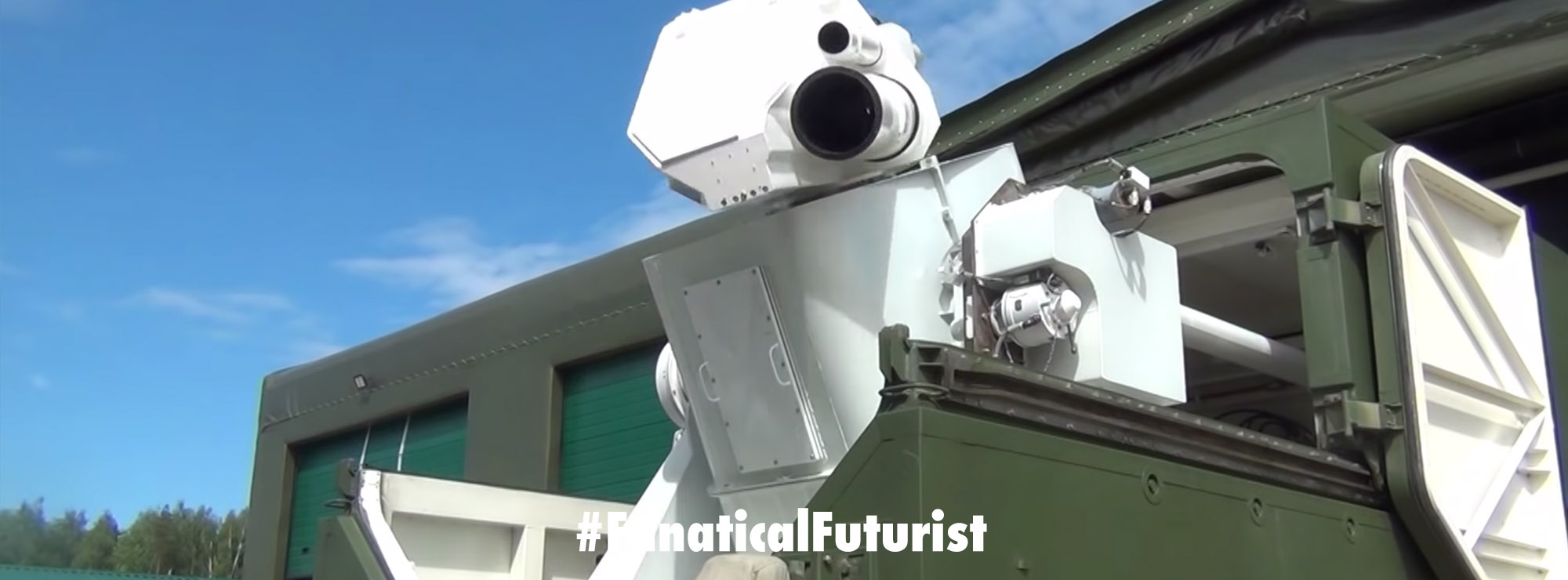
WHY THIS MATTERS IN BRIEF
As we discover more about how the brain works, organisations around the world are starting to push the boundaries of communication and create new technologies that let humans communicate with each other, and machines, telepathically.
Following on from their recent announcement to spend $50 million on a project whose aim is to let people upload and download knowledge directly into and from their brains, Matrix style, last week DARPA, the bleeding edge research arm of the US Military announced it’s now funding a project to implant tiny computers the size of a pound coin into head gear and people’s brains to allow them to communicate telepathically – something that, ironically, was achieved years ago using non-invasive methods.
DARPA’s hope is that one day the devices they’ll create will let people operate machinery with just their minds, be used to treat brain injuries and, strangely for a military research establishment, let tomorrow’s teenagers send WhatsApp messages using the power of thought. Although bearing in mind that Mark Zuckerberg already has his own plans in motion to turn Facebook into the world’s first and largest telepathic network and the fact he’s now also building his own “telepathic” technology I’m not sure how Facebook will feel about DARPA treading on their Whatsapp turf.
In order to achieve its goals DARPA is going to be handing out $65 million to six research teams who will have four years to come up with the new technology, and it’s expected that scientists will weave together a vast network of “Neurograins,” small, nano-sized computer and communication devices that can be worn as implants that either rest on top of a persons cerebral cortex, or even embedded inside it. In someway DARPA’s technology could resemble the now famous Neural Lace, a nanoscale “injectable electronic” first demonstrated a couple of years ago on rats that will one day, it’s hoped, be the interface that helps humans communicate directly with AI’s and machines. The technology also forms the basis of Elon Musk’s own NeuraLink technology.
Packed with sensors, DARPA’s implants will detect how the brain processes and decodes spoken language so it can be interpreted and understood by computers, and some teams will be focused on improving sight whilst others concentrate on hearing and speech, and it will be no small task to design the brain reading devices.
DARPA said the “high resolution” implants must record signals from one million neurons at any given time, and that the headset, or implant, must be able to receive signals as well as transmit them and squeeze everything inside a device no larger than a pound coin.
DARPA’s Neural Engineering System Design (NESD) arm will fund five academic research groups and one small San Jose based company to achieve their goals.
“By increasing the capacity of advanced neural interfaces to engage more than one million neurons in parallel, NESD aims to enable rich two-way communication with the brain at a scale that will help deepen our understanding of that organ’s underlying biology, complexity, and function,” said founding NESD manager Phillip Alvelda.
It’s unclear how the brain implants will be tested, but I’m not volunteering – yet.















